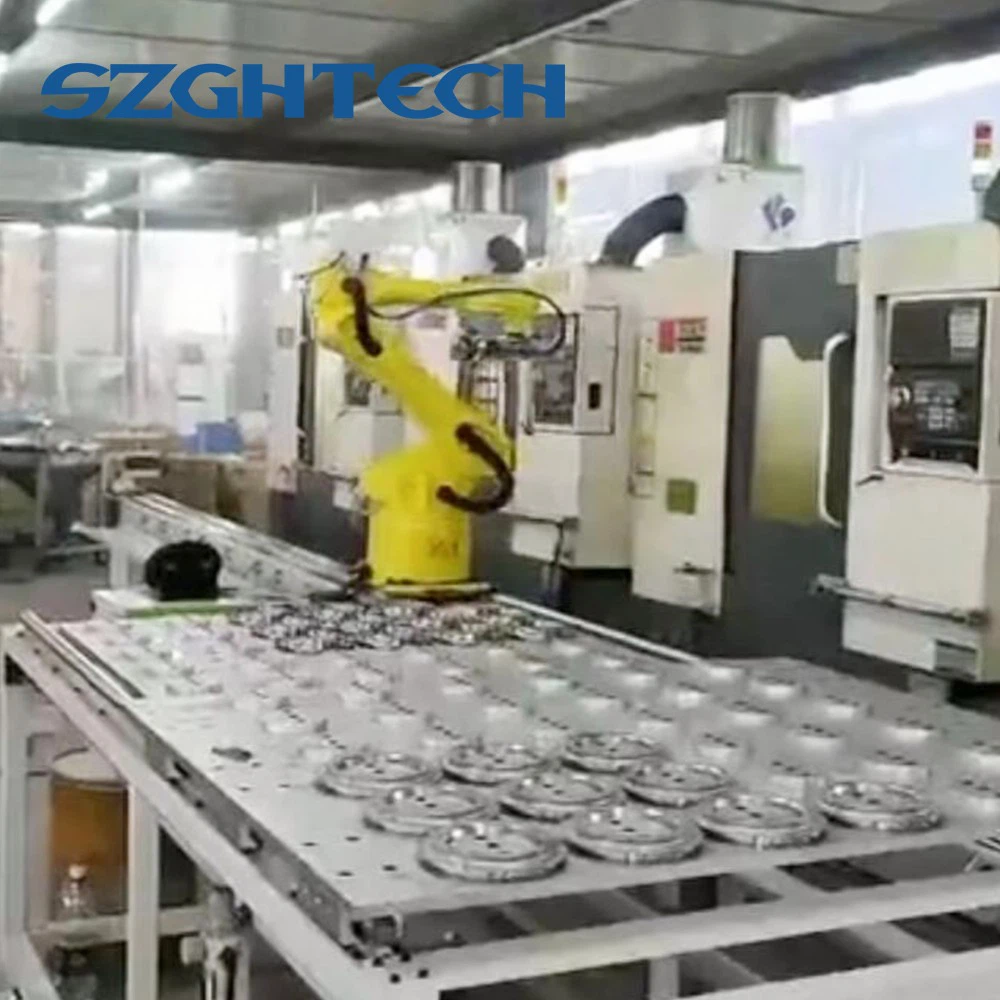With the advancement of artificial intelligence technology, robotic arms can achieve autonomous decision-making and operation according to the environment and tasks through abilities such as perception, learning and reasoning, and the following are some common technical means:
1) Perception technology: The robotic arm can obtain information about the surrounding environment by using sensors, cameras and other perception technologies, and make autonomous decisions and operations based on this information. For example, robotic arms can identify and locate targets using vision sensors, force sensors to detect force and pressure, temperature sensors to detect temperature, and more
2) Learning technology: The robotic arm can learn from data and improve its decision-making and operation capabilities through machine learning, deep learning and other technologies. For example, robotic arms can use reinforcement learning algorithms to optimize their actions and decisions by constantly trying and learning
3) Reasoning technology: The robotic arm can generate autonomous decision-making and operation according to task requirements and environmental conditions through logical reasoning, planning and other technologies. For example, a robotic arm can use planning algorithms to generate sequences of actions that complete a task, and continuously correct and optimize them as they go.
By using these technical means, the robotic arm can realize autonomous decision-making and operation in different environments and tasks, improve the intelligence and automation level of the robotic arm, and better meet the needs of various application scenarios.


